Why every garden needs a hedgehog house – and how to attract hedgehogs
Hedgehogs are increasingly rare – but they are our best friends for natural pest control
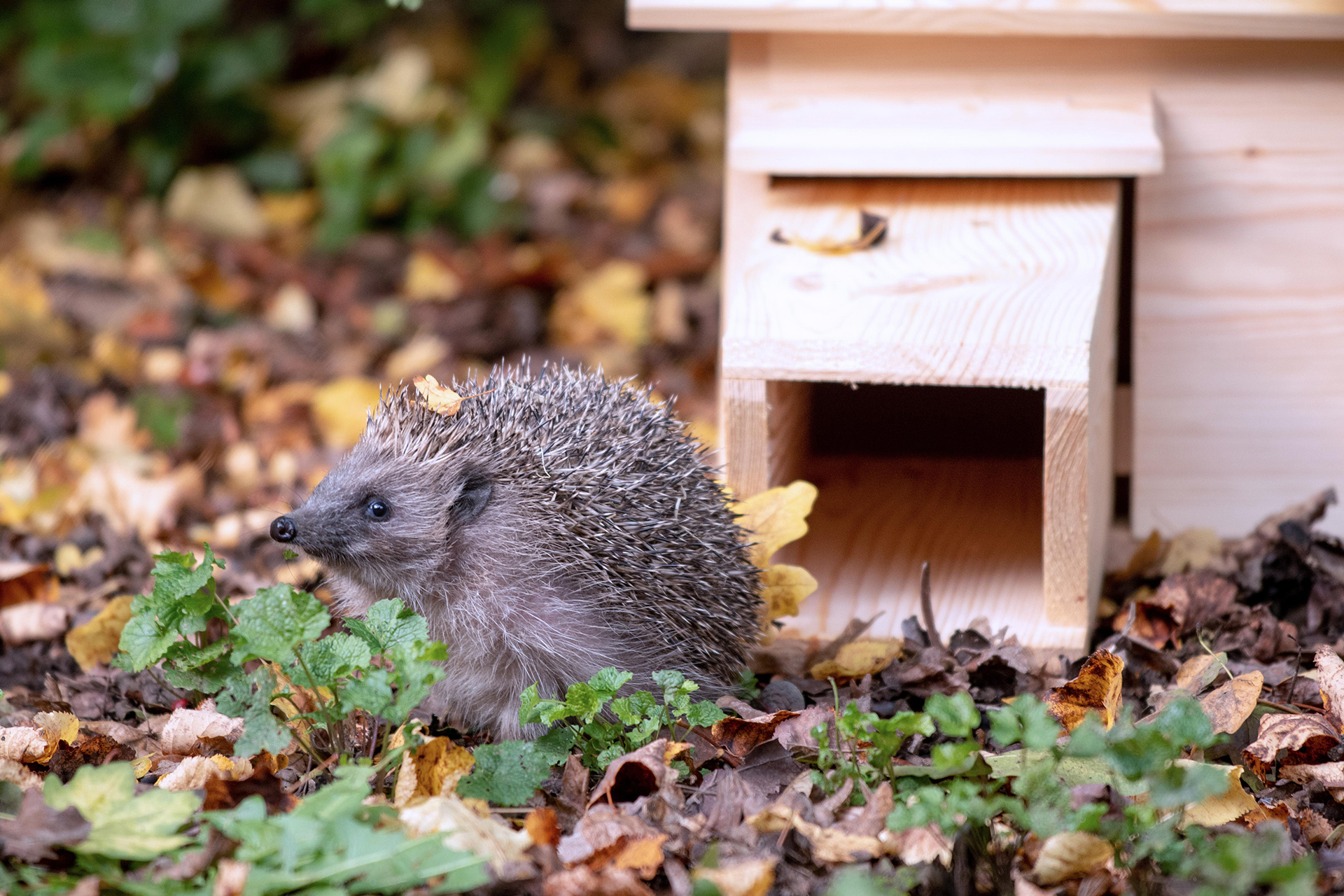

With their spiky bodies and snuffly noses, there is something undeniably cute about the humble garden hedgehog. While they were once a common sight in UK gardens, they are now increasingly rare.
See: Gardens – from inspiring spaces to plant know-how
So rare in fact that they were recently classed as vulnerable to extinction - so it's never been so important to help them. According to the Wildlife Trusts there were 1.5 million hedgehogs in 1995 while today it is believed that there are fewer than 500,000.
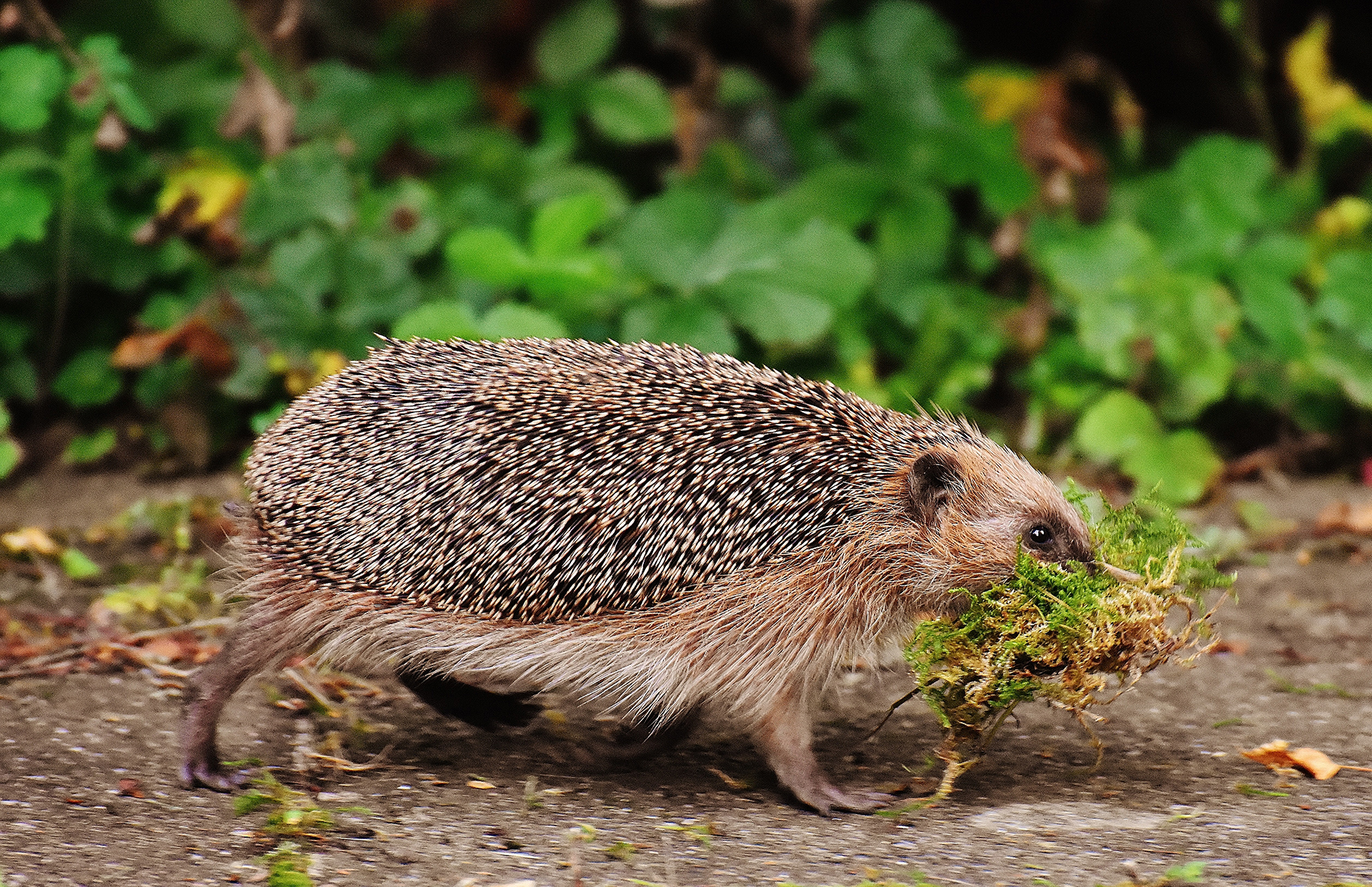
The sharp decline in numbers is due to myriad factors, from loss of habitat due to urbanization and deforestation, as well as a loss of food because of the increased use of pesticides both in commercial farming and in domestic gardens.
'Hedgehogs are becoming incredibly rare,' says gardening guru Monty Don. 'If you find one in your garden you must look after it.'
'Building a hedgehog house provides a safe, warm space for a hedgehog to sleep, give birth or hibernate' says expert Sally Coulthard in her book The Hedgehog Handbook
Do hedgehogs use hedgehog houses?
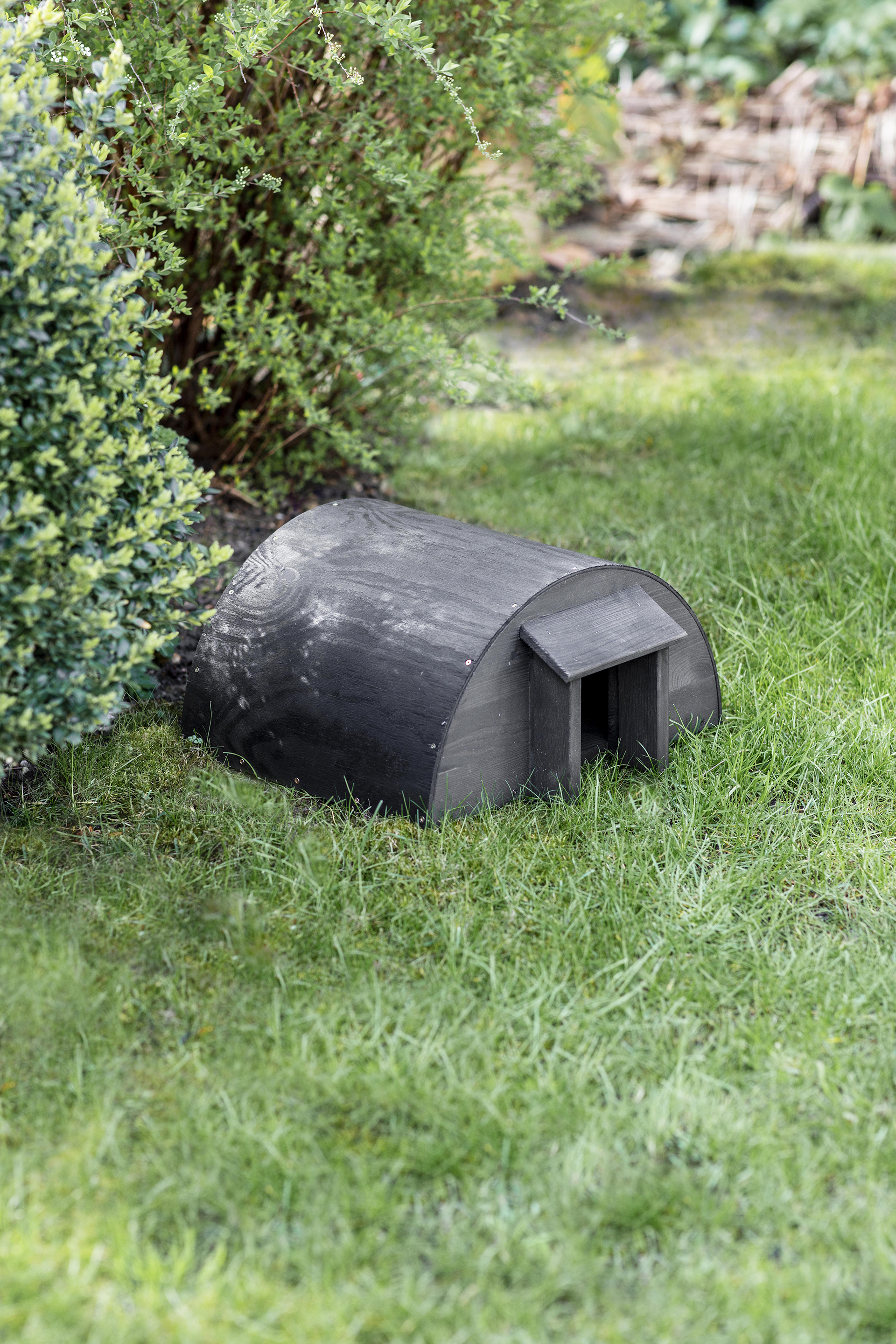
Hedgehogs to use hedgehog houses, and they offer them offer valuable protection, whether they are hibernating through winter or just sleeping through the day. This is particularly important given the loss of natural habitat they've been facing, which leaves them vulnerable to the elements and prey.
Sign up to the Homes & Gardens newsletter
Design expertise in your inbox – from inspiring decorating ideas and beautiful celebrity homes to practical gardening advice and shopping round-ups.
Hedgehogs are great for the garden – they eat a wide variety of garden pests, slugs and snails being favorite meals. Using slug pellets not only eradicates this vital food source, but can also prove fatal to hedgehogs if consumed, so instead protect plants overnight by covering them, creating beer traps, using copper tape or eggshells. With time, the hedgehogs (and other predators like birds) will be all the slug control you'll need.
See: How to create an eco-friendly garden – with tips from experts
What is the best house for a hedgehog?
There are lots of options for choosing the best hedgehog house.
It is very easy to build your own. There are lots of hedgehog house plans available online to teach you how to create a wooden house. Alternatively you can quickly create a hedgehog house by cutting a door and two rectangular air-vents in an old plastic storage container and filling it with dry leaves.
If you want a more professional addition there are countless styles available in garden centres and from wildlife charities. Whether you want a cute wooden hedgehog house or a more naturalistic twig igloo, you'll be sure to find the perfect fit for your garden.
See: How to grow garlic – a step by step guide to growing from cloves
How do you attract hedgehogs into hedgehog houses?
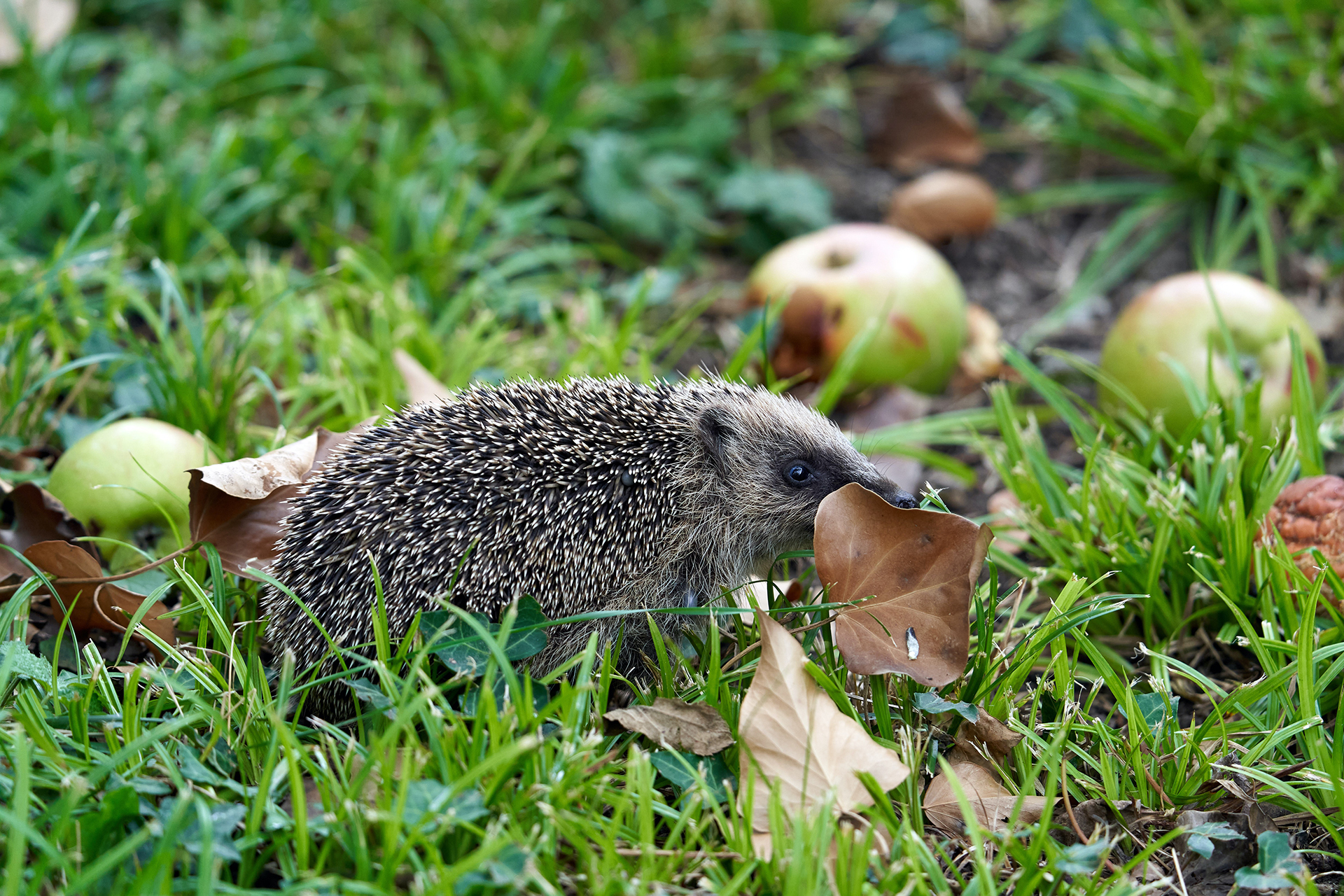
'Place the house near plenty of nesting material – the hedgehog will want to build her own nest, so site the box next to lots of leaves, straw, hay, grasses or fine twigs – the more unkempt the better' says Sally Coulthard in her book The Hedgehog Handbook.
Don't clear or cut back the plants around the hedgehog house – you need them to feel as protected as possible. 'Leave it in a quiet corner of the garden, and it will house successive hedgehogs – who might stay for just one night or hunker down for weeks over winter.'
Other ways to attract hedgehogs to your garden – and keep them there – is to stop using chemicals, to be careful when you are strimming or clearing parts of the garden, to ensure your pond has a safe exit for them and that any netting is well clear of where hedgehogs might room. Finally, put out food (at first) and water for them – but not in the hedgehog house – hedgehogs don't eat where they nest, so put it near the house but not inside.
How do you attract hedgehogs but not rats?
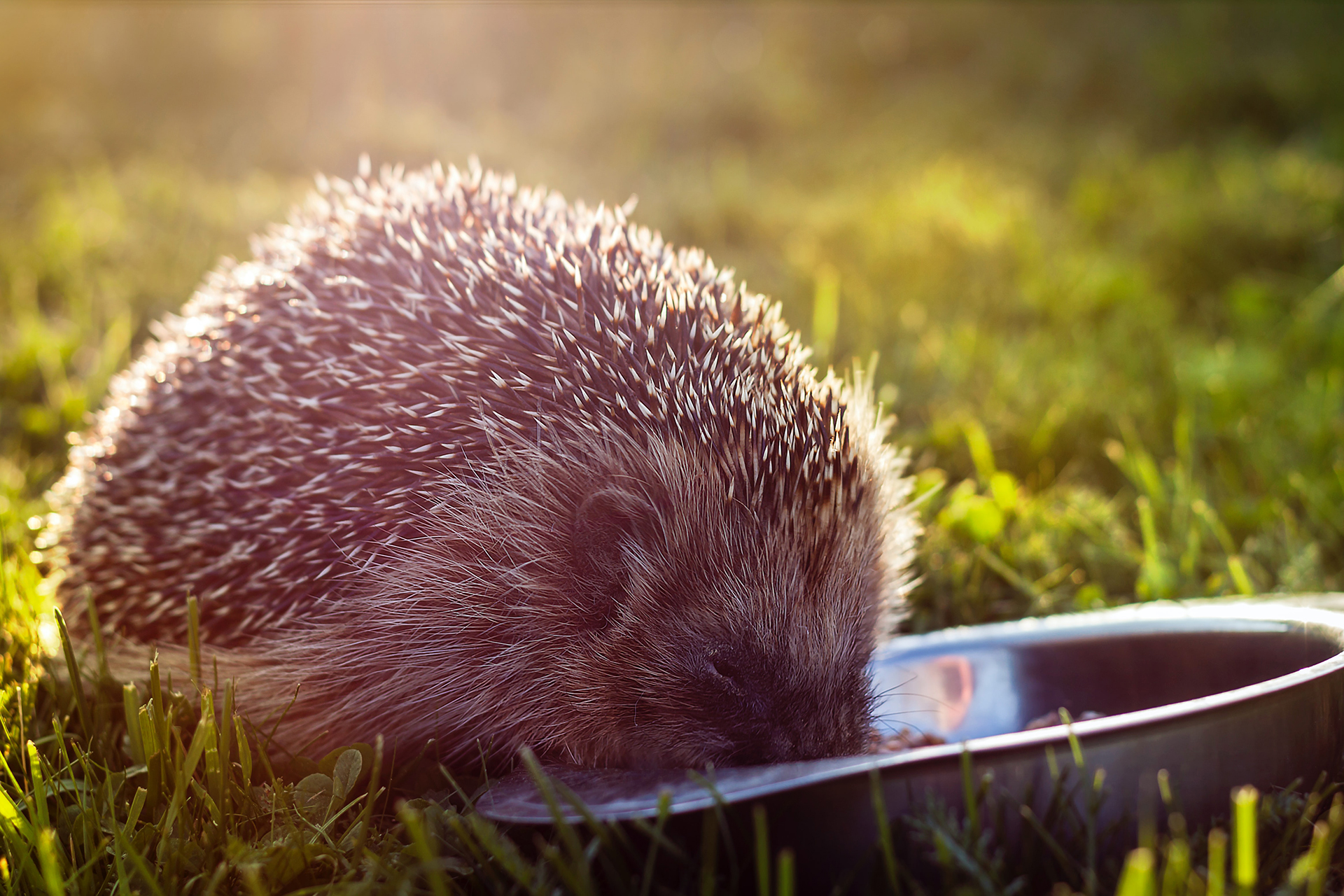
You can encourage hedgehogs into the garden by creating a hedgehog-highway.
'Make holes in your fences so that they can travel between gardens,' says gardener Kate Bradbury. 'It is thought that they can travel up to a mile a night in search of food so one garden is never enough for them.'
'Don't be too tidy,' advises Monty Don in a recent entry in his blog. 'Try not to disturb natural hibernation spots, especially if you are vigorously tidying up after a long winter. These creatures all make a slow start and will be lethargic and weak – be mindful of them.'
To ensure you're not attracting rats, put the hedgehog's food in an open area next to the hedgehog house so that the hedgehog can get to it first – rats tend to run along boundaries and are rarely brave enough to dart out into open areas.
Hedgehogs are mostly nocturnal, so put the food out just before you go to bed – that gives them a better chance of getting to it first. Finally, only put a little food out at a time – they like cat food, although ideally you want them to eat your garden's pests. More on this below.
See: How to grow potatoes – a step-by-step guide
What do hedgehogs eat?

Never leave milk out for hedgehogs as they are lactose intolerant, instead cat or dog food (tinned or kibble) is a popular supermarket option that will definitely go down well with visiting hedgehogs. Be sure to use a heavy bowl or a terracotta saucer as hedgehogs have poor eye-sight and are prone to knocking things over.
As well as slugs and snails, hedgehogs love earthworms. Encouraging earthworms into your garden not only provides your hedgehogs (and any visiting birds) with a tasty meal but 'they're also important for the health of your soil,' says Sally Coulthard in her book The Hedgehog Handbook.
'Encourage earthworms to flourish by spreading rotting organic materials such as compost, dried leaves or manure along your beds'
Do I need to clean out my hedgehog house?
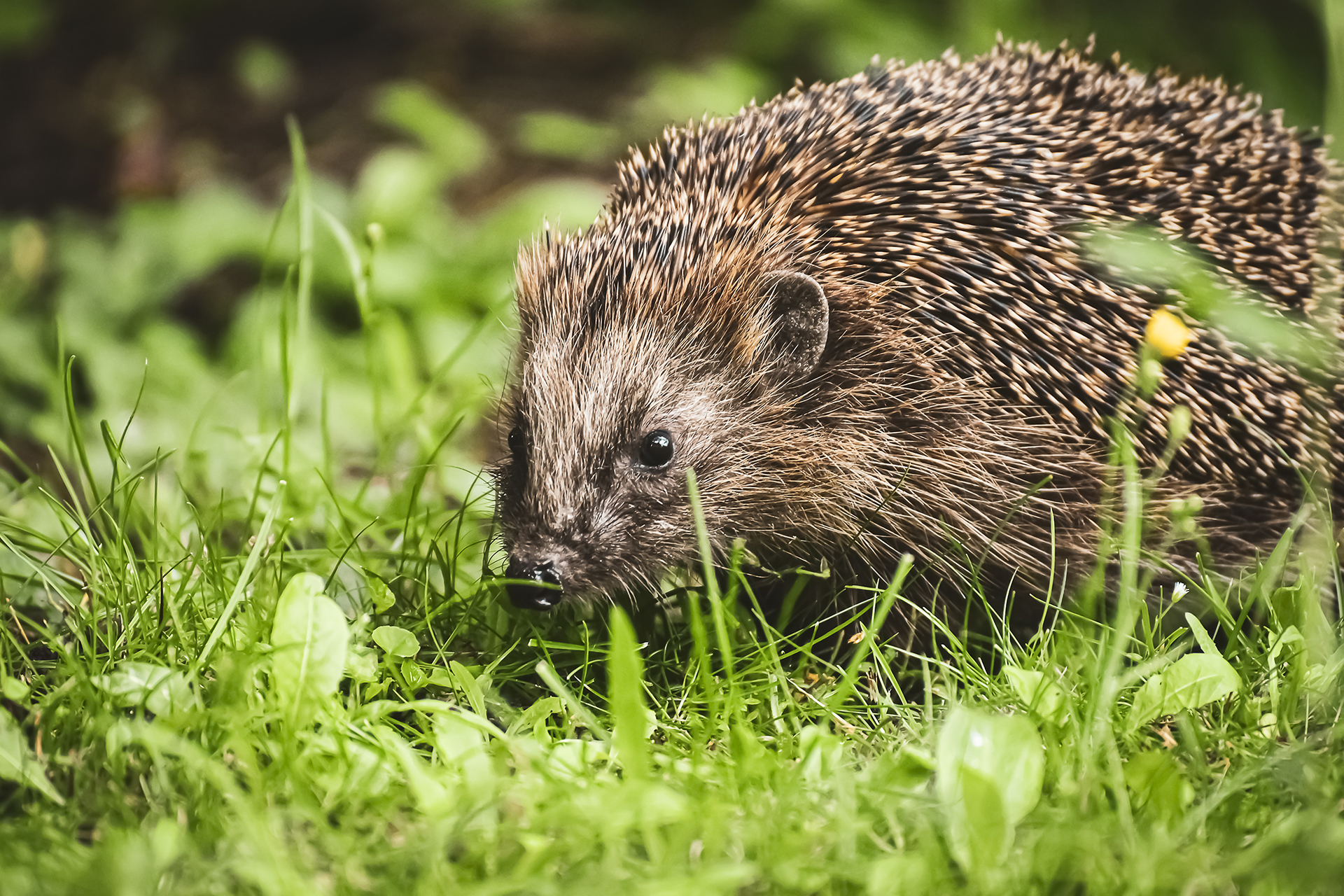
You need to clean out your hedgehog house once a year towards the middle to end of spring to prevent pests taking advantage of the cozy box. However, make sure that you don't still have a hedgehog inside before you start clearing out.
See: Wildlife garden ideas – more ways to make your backyard a haven for nature
Other than that, a hedgehog house is a very low maintenance addition to the garden but one that can make a world of difference to wildlife.

Having graduated with a first class degree in English Literature, Holly started her career as a features writer and sub-editor at Period Living magazine, Homes & Gardens' sister title. Working on Period Living brought with it insight into the complexities of owning and caring for period homes, from interior decorating through to choosing the right windows and the challenges of extending. This has led to a passion for traditional interiors, particularly the country-look. Writing for the Homes & Gardens website as a content editor, alongside regular features for Period Living and Country Homes & Interiors magazines, has enabled her to broaden her writing to incorporate her interests in gardening, wildlife and nature.
-
 5 vital ways a home battery backup can help with your most urgent needs in a power outage – from heating to flood prevention and calls
5 vital ways a home battery backup can help with your most urgent needs in a power outage – from heating to flood prevention and callsExperts say they're a worthy investment
By Clement Feng Published
-
 Is the viral salt hack the secret to a weed-free patio? A garden expert warns of irreparable, long-term damage – plus reveals the safest way to get results
Is the viral salt hack the secret to a weed-free patio? A garden expert warns of irreparable, long-term damage – plus reveals the safest way to get resultsYou might have seen gardeners on TikTok or Instagram using salt to kill weeds in pavers, but this hack should be avoided at all costs
By Thomas Rutter Published
-
 Water garden ideas – 9 ways to introduce soothing water to your outdoor space
Water garden ideas – 9 ways to introduce soothing water to your outdoor spaceFrom cascading fountains to wildlife ponds, there are plenty of ways to create a tranquil water garden
By Leigh Clapp Published
-
 How to grow poppies
How to grow poppiesFind out how to grow poppies to enjoy the beauty of these brightly colored tissue paper-like blooms
By Leigh Clapp Published
-
 How to grow delphiniums from seed
How to grow delphiniums from seedFind out how to grow delphiniums from seed and enjoy these colorful cottage garden favorites filling beds and borders
By Leigh Clapp Published
-
 How to grow ferns – when and how to plant and care for them
How to grow ferns – when and how to plant and care for themLearn how to grow ferns to enjoy the texture and form of these versatile plants in many areas of your garden
By Leigh Clapp Published
-
 How to grow sweet peas from seed – in borders and pots
How to grow sweet peas from seed – in borders and potsFind out how to grow sweet peas and where to enjoy their wonderful color, ruffled blooms and sweet fragrance in your garden
By Pippa Blenkinsop Published
-
 How to make fat balls for birds – easy steps feed our feathered friends
How to make fat balls for birds – easy steps feed our feathered friendsLearn how to make fat balls for birds to ensure their wellbeing throughout the winter
By Holly Reaney Published
-
 Planning a kitchen garden – from layouts to picking the best crops
Planning a kitchen garden – from layouts to picking the best cropsPlanning a kitchen garden is easy with this expert advice – whether yours is in beds, borders or a dedicated patch – you're guaranteed success
By Leigh Clapp Published
-
 How to grow cosmos – expert tips on when and where to plant these flowers
How to grow cosmos – expert tips on when and where to plant these flowersLearn how to grow cosmos to add bright color in your garden from summer through to fall with their beautiful blooms
By Leigh Clapp Published